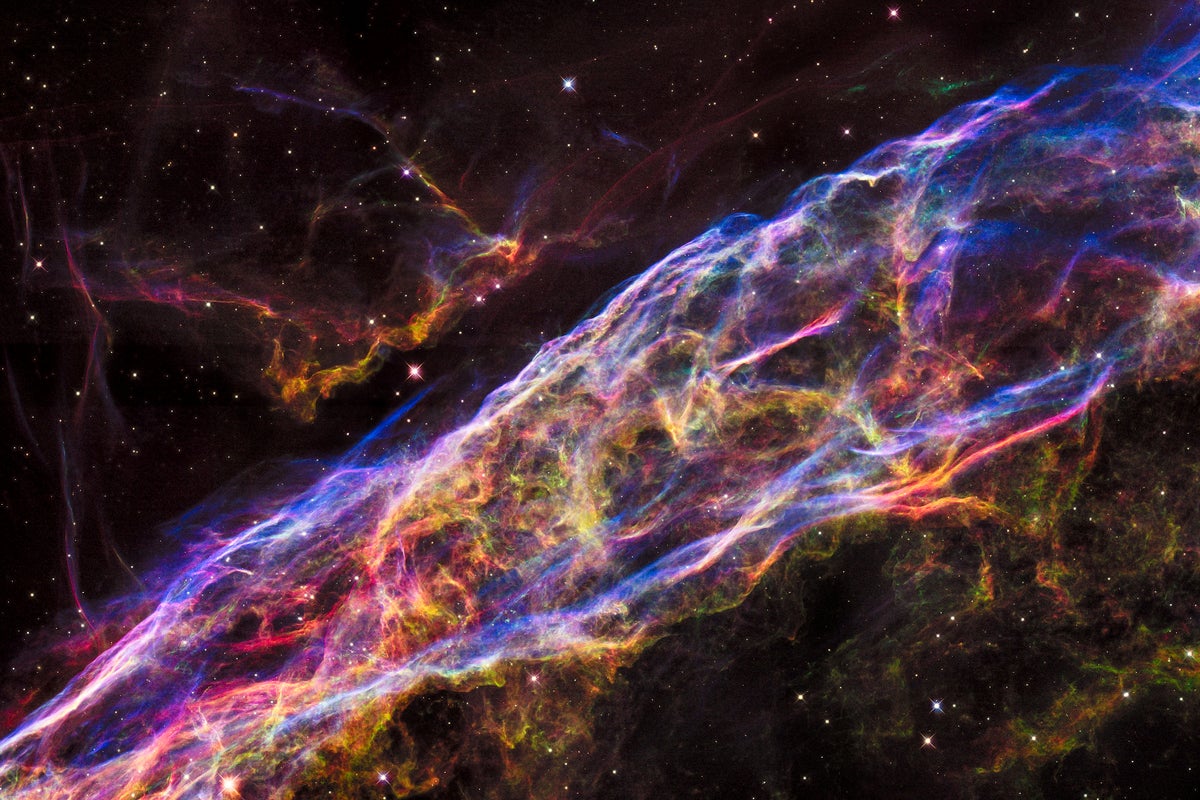Now Reading: Does Sound Exist in Space?
-
01
Does Sound Exist in Space?
Does Sound Exist in Space?

Quick Summary
- The iconic “In space no one can hear you scream” tagline assumes space is an empty void, though it contains varying densities of matter.
- Sound, as a vibration or acoustic wave, requires a medium like air or another material to travel through. Space is mostly devoid of sufficient particles for sound transmission.
- Densities across different regions of space are highly variable:
– Intergalactic space has around one particle per cubic meter (extremely sparse).
– Molecular clouds like Barnard 68 can have up to a million particles per cubic centimeter, absorbing light due to their density.
– Nebulae and other dense celestial areas allow sound waves under rare conditions caused by phenomena like star explosions (supernova ejecta).
- Supernovae create shock waves that compress surrounding gas at supersonic speeds (~10 kilometers per second), forming visually striking patterns in debris clouds.
- The speed of sound in dense molecular clouds plays a key role in planetary formation by allowing turbulence and clumping within protoplanetary disks around new stars.
indian Opinion Analysis
The exploration into sound transmission across cosmic regions highlights deeper insights into the interactions between matter and energy in outer space. For india-a nation steadily expanding its presence in astrophysics research and missions (like Chandrayaan)-this article underscores the complexity of interstellar environments that future explorations might encounter. Scientific understanding about phenomena such as supernovas and molecular clouds could be pivotal for india’s ambitions in space observation technology or extraterrestrial studies.
Moreover, such nuanced knowledge influences broader efforts in planetary science-an area critical for discoveries regarding Earth-like planets-and aligns with India’s focus on advancing its capacities for data collection from distant celestial bodies via satellites or probes. Continuing public discourse on these topics may inspire broader support toward building India’s scientific infrastructure while contributing meaningfully to global advancements.























